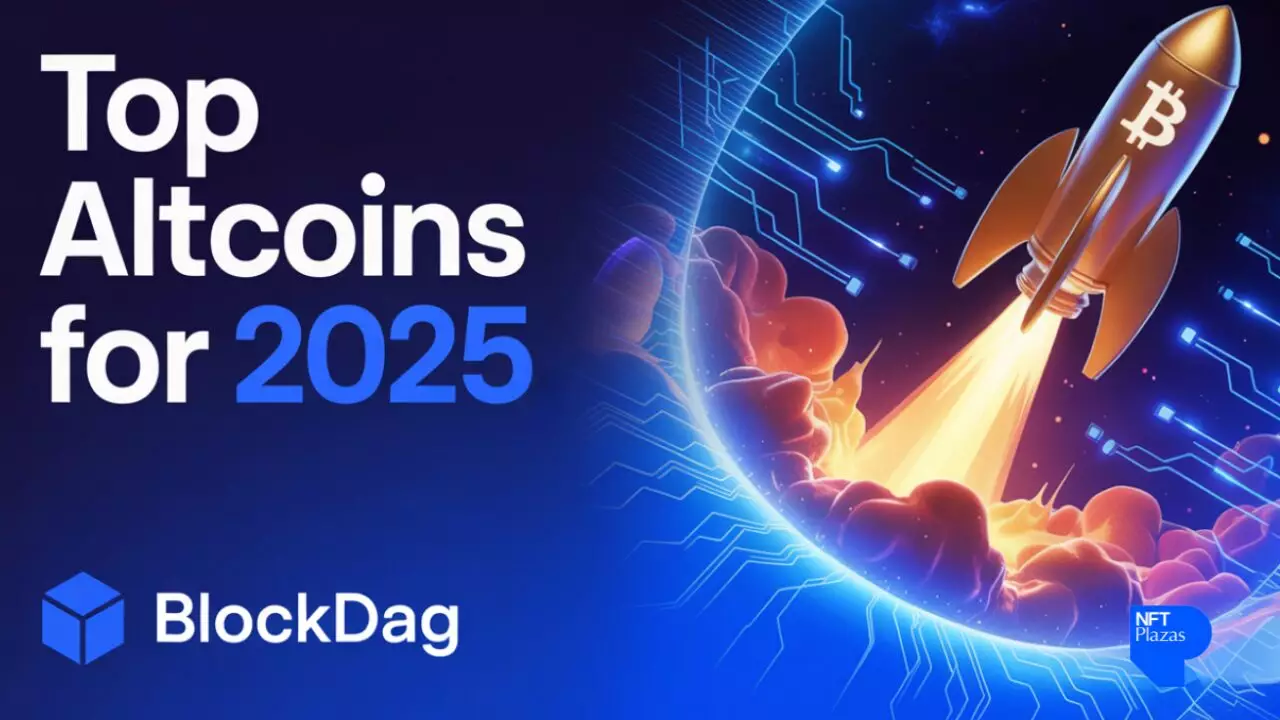In recent months, the financial landscape surrounding cryptocurrencies has undergone a dramatic transformation, marked significantly by the advent of Exchange-Traded Funds (ETFs) focused on alternative coins such as SOL, LTC, and HBAR. This new wave signifies a cautious optimism among investors eager to diversify beyond Bitcoin and Ethereum but also reveals a certain desperation. The establishment of these ETFs represents a concerted effort by mainstream financial institutions to tap into the growing appetite for crypto assets, yet it also hints at an underlying volatility and instability in the altcoin market itself. The risk-reward profile of such funds remains highly questionable, especially given the tumultuous ride many of these digital assets have experienced lately.
While ETFs can provide some legal and regulatory comfort to institutional investors, they also serve as a stark reminder that many altcoins are still far from the level of maturity and stability required for mainstream adoption. The very presence of these ETFs suggests that investors are craving exposure but are still wary of direct holdings, which exposes the risky nature of cryptocurrencies that often experience rapid fluctuations. It is worth questioning whether these financial products truly democratize access or simply elevate yet another speculative vehicle in the already crowded crypto space.
The Disturbing Underlying Trends and Market Speculation
The recent market actions reveal a pattern of wide swings and sharp declines, exemplified by notable tokens like KDA plunging over 60% after a shutdown announcement. Such volatility raises serious doubts about the viability of many altcoins as sustainable investments. Even as bigger players like Binance list promising projects like Giggle Fund (GIGGLE) and SynFutures, the broader landscape remains riddled with uncertainty. The surprise listing announcements inject short-term enthusiasm but often mask deeper structural problems, such as weak project fundamentals or lack of user adoption.
This churn within the altcoin sphere exposes a fundamental flaw: too many tokens are flying blind—created not for long-term utility but driven by hype, fleeting trends, and speculative fever. For a center-right liberal perspective, this signifies a failure of market discipline, as the risk of a bubble persists when investors chase quick gains, often at the expense of prudent financial management. The recent collapse of projects like 2WINZ on UtbitNFO, along with dramatic drops in tokens like KDA, underscore that not all altcoins are built for resilience or longevity.
The Promise and Perils of Institutional Involvement
On the other hand, the development of infrastructure and financial products such as stablecoins predicted to reach trillions by 2030 by conservative banking giants like Citi suggest that mainstream finance is gradually integrating crypto into its fold. Yet, this integration may come with a cost: it risks transforming prismatic, innovative blockchain projects into regulated assets—stripping away their decentralization and disrupting the very spirit that propelled cryptocurrencies into the spotlight.
The market’s focus on high-profile assets like Bitcoin and Ethereum, alongside emerging projects like Euler, Enso, and Meteora, reflect an industry attempting to legitimize itself. Still, the hurried rush to list or develop new products often sidesteps the necessary maturation of underlying technology and governance. From a fair-minded, center-right stance, this signals both progress and peril: innovation that risks being co-opted by large financial entities, potentially stifling the blockchain’s disruptive potential while increasing systemic risks.
The rise of altcoin ETFs and institutional interest acts as both a validation and a warning. It confirms cryptocurrencies’ undeniable influence on global finance but simultaneously exposes the fragility and speculative nature of many current projects. As the market matures, the challenge lies in fostering innovation that balances risk with responsible growth, avoiding the siren call of quick profits that ultimately threaten to undermine the legitimacy of digital assets.

